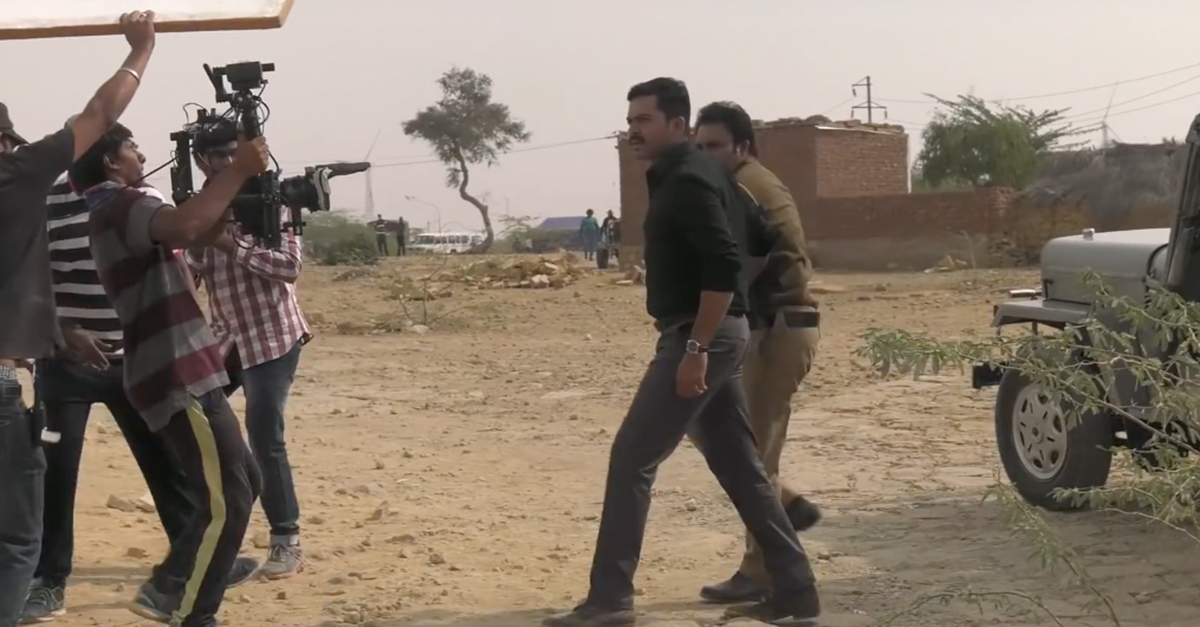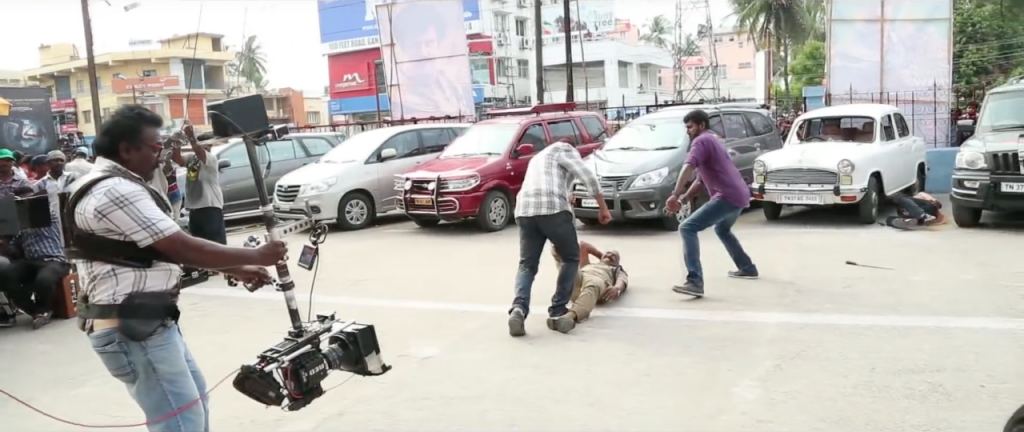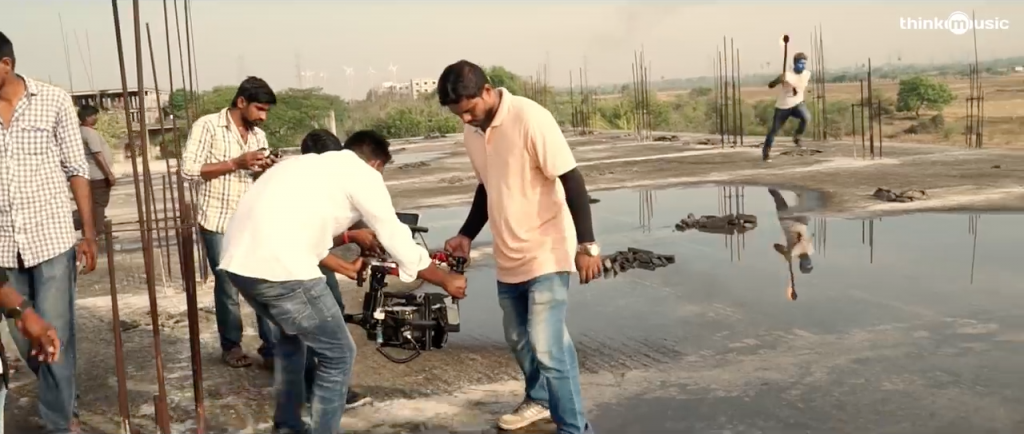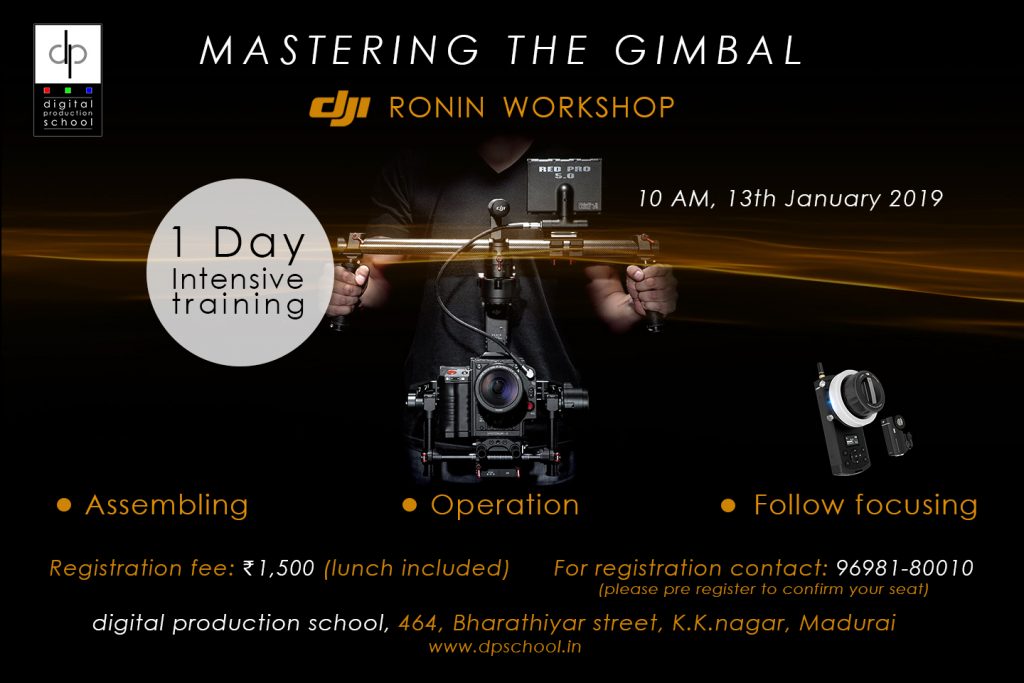The Rising popularity of Gimbals

They are everywhere right now. Come across behind-the-scenes shots from a movie shoot, and you’re bound to see an excess of two things: camera-equipped drones and motorised 3-axis gimbal stabilizers.
Ever since this technology burst onto the scene five years back , we’ve seen a mass migration from traditional handheld Steadicams and Glidecams to motorised stabilizers like those made my DJI and MOVI. More and more companies are stepping up to manufacture cheaper and cheaper Gimbals to capitalise on the growing demand.
So how is a motorised gimbal different from their traditional counterparts?
There are big differences between the two types of stabilizers, but the intention is essentially the same: a steady, floating camera shot that can instantly add production value to your motion images.
Steadicam and Glidecam: The Handheld and Wearable Camera Stabilizers

These two types of camera stabilizers have been the industry standard for the last 25 years. Most major television networks and broadcast outlets still use full-body wearable vest and arm combination Steadicam gimbal rigs to accommodate large television cameras. You see them commonly used during concert productions and live sporting events. There are no electronics involved, just good old-fashioned counterweights.
The results, with proper training and practice, are stellar. The camera seems to float, and there’s a wide range of motion on all the axes, allowing for some pretty complex moves. Once an operator has mastered the balancing and muscle memory needed to create dynamic movements, a handheld Glidecam stabilizer, can produce fantastic results.
There are, of course, pros and cons. They’re not very portable. A large padded case is required to lug the stabilizer along on a shoot, and setup and breakdown can eat up valuable time if you’re a run-and-gun shooter. Then, you need to be able to operate the rig smoothly and precisely to get footage. This takes training and practice.
Also learning to balance the camera on the stabilizers takes some time, but once you understand how the counterweighted gimbal is positioned for your camera’s weight, including any accessories, it should take only a few minutes to lock in a dynamic balance.
3-Axis Brushless Electronic Gimbals

Brushless is a technical term for a type of motor that employs magnets to create motion; in this case, a counter-resistance force uses mechanical motors and precision electronics in a camera platform that is virtually immune to external motion and bodily interference. It is the same technology that’s been used for years on helicopter-mounted camera turrets that allow for sweeping aerial footage.
This technology has been miniaturized to work on a handlebar-style rig that you carry or mount to some other motion-controlled device. The results are splendid with a well-balanced brushless gimbal used by a skilled operator. The possibility for complex motion shots is endless. You can sweep the camera from a worm’s-eye-view to an overhead shot and so on. You could have seen these things passed back and forth through windows and between motorcycles cruising at 60 miles an hour, and the camera looks like it’s on a cable, weaving through and behind objects and actors. It’s a very handy method of getting dynamic motion shots. With their explosive growth in popularity and affordability, these handheld gimbals are used on all sorts of productions, from music videos to weddings and fashion shows.
The distinct benefits of a brushless gimbal are its versatility in creating complex movements, multiuser functionality and the ability to mount it to a crane or jib for even more camera control.
On the flip side, balancing a three-axis gimbal also takes time and patience. If you have only one camera and it needs to be used in other ways during your shoot, you will find yourself balancing and rebalancing each time you remove the camera which might consume a considerable time from your schedule.
At the end, what matters is your individual preference and adding overall value too your production quality. If you are a cinematographer or an aspiring Gimbal operator, interested in learning to use a motorised 3-axis gimbal, do take part in our ‘MASTERING THE GIMBAL’ – an one day intensive workshop on 13th January at our institute in Madurai.



